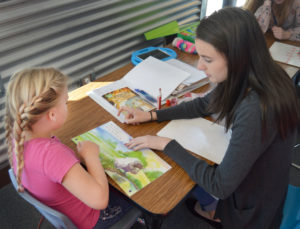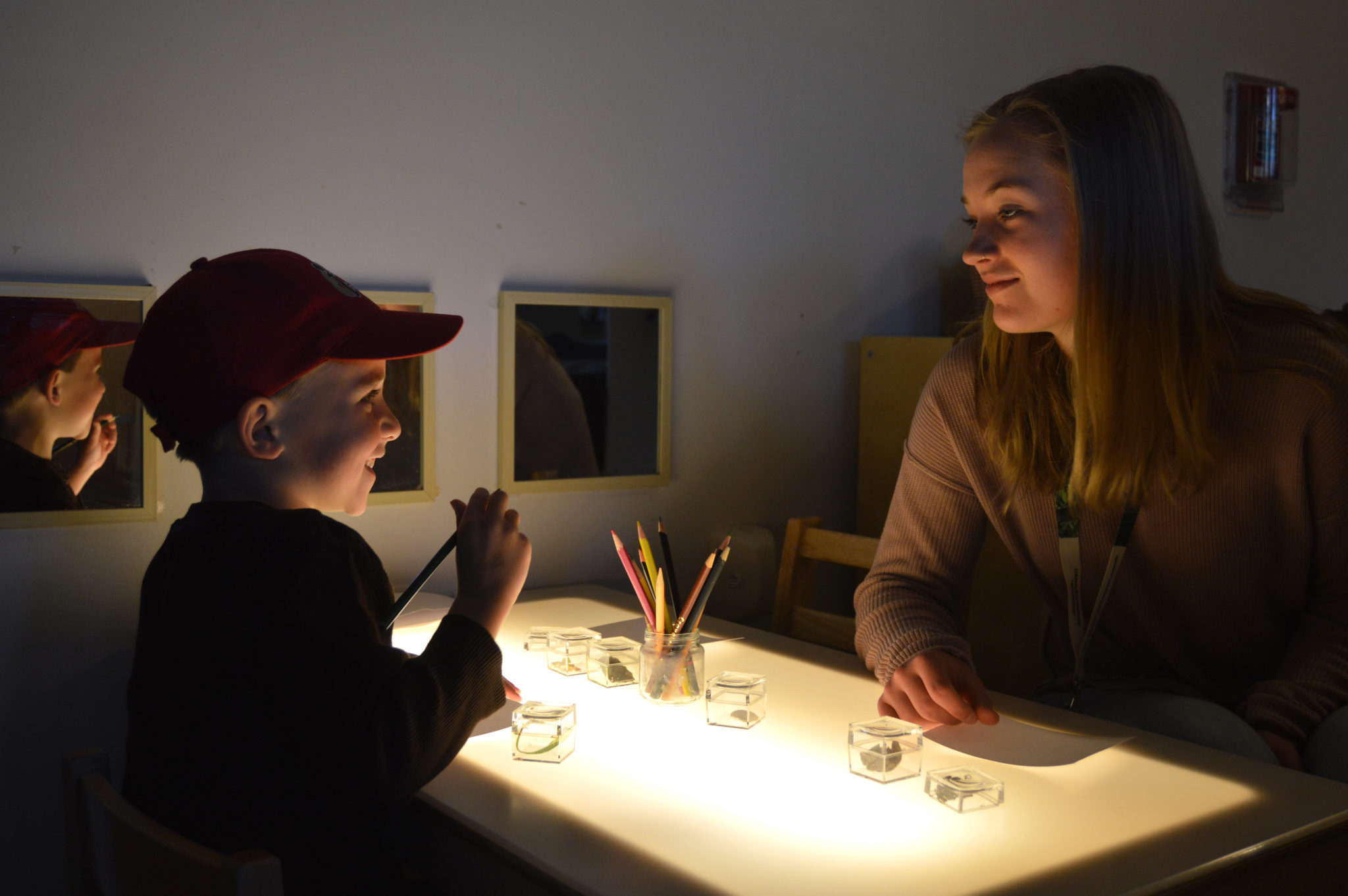
There is a dire shortage of K-12 teachers across the country, and Colorado is no exception. The Center for Educator Preparation in the School of Education at Colorado State University is working to address the shortage by leveraging funding sources for teacher candidates and providing unique programs to attract students from diverse backgrounds. The CEP prepares over 150 new teacher candidates each year.
“CSU and the School of Education are focused on service, justice, and community,” said Robert Wiggins, a non-traditional agricultural sciences student in the CEP. “If we need the right people for the job, the CEP is the place to look. They are attracting students of diverse backgrounds to fill the teaching jobs of the future.”
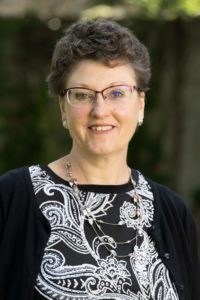
Identifying a need
A recent report from the American Association of Colleges for Teacher Education found there was a 22% decline in education degrees conferred over the last 12 years. A 2022 survey from the Colorado Department of Higher Education found that 10% of public-school teaching positions were unfilled, and 16% of other service positions in public schools.
“The pandemic has exacerbated the need to address the teacher shortage,” said Ann Sebald, co-director of the Center for Educator Preparation at CSU. “I’m seeing our state legislation really recognizing we must address this and are doing things that are beginning to address the shortage.”
Increasing incentives
The Colorado legislature has passed multiple bills to address the issue. One of the most recent, and consequential, is HB22-1220, which established funding for student teachers.

“That is a huge incentive and improvement since I was student teaching,” said Kelcey Blaho (‘19), who double-majored in human development and family studies and family and consumer Sciences while earning her teacher licensure through the CEP. Blaho now teaches family and consumer sciences at Rocky Mountain High School in Fort Collins.
The stipends offer up to $11,000 per student teacher. “Reducing the financial burdens of educator preparation saves aspiring educators money entering the profession, allowing them more time and energy to focus on learning the art of teaching, and completing their programs with confidence in their skills,” the Colorado Department of Higher Education said in a statement regarding the stipends. “There is also evidence that such measures attract a more diverse pool of candidates.”
In addition to funding from the state, the School of Education also has scholarships and other opportunities for funding available to future teachers and principals, such as the Sallie M. George Future Educators Endowment and the Dr. Laurie F. Michaels Scholarship in Education.

“Last year I had a student teacher who was going to work with me, but she got offered a full-time job instead. I was happy for her and wish she could have joined my classroom. I’m glad they are making changes,” Blaho said.
Wiggins, an agricultural sciences student in the CEP, agrees. “We need to increase wages for teachers and offer more ways for people to become teachers,” he said. Some of the bills recently passed aim to do that.
Increasing diversity
“Diversity in the teaching workforce is more important than any other,” Wiggins believes. “This is a profession that prepares the next generation of our communities, and students need role models and leaders that understand them, and that they can see themselves in as they learn to navigate the world.”
“Kids are not seeing teachers that look like them. [and ask themselves,] ‘So why would I go into teaching? I don’t see anybody that looks like me,’” Sebald shared. “There’s research to show that having a teacher that looks like you, for even just one year, is positively impactful to your learning.”
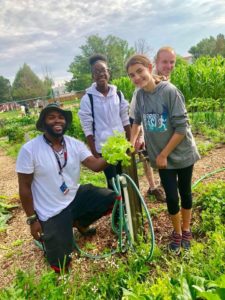
Blaho said that while schools are becoming more diverse, there is still room to grow. “Our school has been very proactive with diversity, equity, inclusion, and justice work. And this is a predominantly white school with predominantly white teachers, so sometimes it is hard for students of color to see themselves as a part of the whole school system,” she said.
“To help with that sense of belonging, our school has an equity specialist who works to create spaces for diverse students to build community and to help with professional development for staff,” Blaho said.
Sebald advocates for the recruiting of students with diverse identities and perspectives to go hand in hand with welcoming them into the field once they become teachers, to ensure a sense of belonging and longevity in their careers. “We can recruit all day long, but when students get here, do they feel welcomed?” she said. “Do we have curriculum that is open and offers a variety of ways to become an educator?”
“And what are the implicit and explicit biases that are inherent as a part of public education?” she said.
The CEP has multiple groups and organizations focused on creating a more diverse and inclusive workforce of teachers. The Black, Indigenous, and Teachers of Color Collective (BITOC) supports diverse students in the CEP, and the Race and Intersectional Studies in Educational Equity Center advances racial equity and justice by connecting resources in educational institutions and interrupting patterns of inequity.
Preparing the next generation of teachers
Through the CEP’s Professional Development School model for teacher training, graduates of the Center for Educator Preparation complete more than eight hundred hours of student teaching before they are recommended for licensure, ensuring that teachers are prepared to stay in the profession long-term.
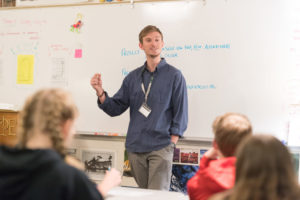
“That’s the biggest thing we’re doing to address the shortage, really. Quality preparation for longevity in the field,” said Sebald.
“The reason that our program is so successful, is because students are looking at theory and practice simultaneously. They learn how to teach, and right away apply that learning to their own student teaching,” she said. “You experience it from the student side. Now you get to experience it from the educator side.”
“All of the professors in the CEP were helpful, and very up-to-date on teaching as it evolves,” said Blaho. “Right now there is a lot of discussion around grading for equity, and other concepts that can make teaching more inclusive,” she said.
“By utilizing new perspectives and teaching methods like culturally responsive practices, we can change systemic oppression in the education system,” said Wiggins. “I truly believe the leadership and skills of CEP staff and its professors welcome a wide array of identities that all share in creating a culture of care and community, that prepares teachers for our world as it exists today,” he said.
How you can help
“The biggest thing people can do is vote for policies that support teachers! They can ask what their kids’ teachers need, whether it’s volunteering in the classroom, subbing, or simply offering words of encouragement, it all helps” said Blaho.
Wiggins says we need to return a sense of community support to teachers. “That’s what would help the most,” he said. “A shared sense of community and increased support.”
The Center for Educator Preparation is housed in the School of Education, part of CSU’s College of Health and Human Sciences.
